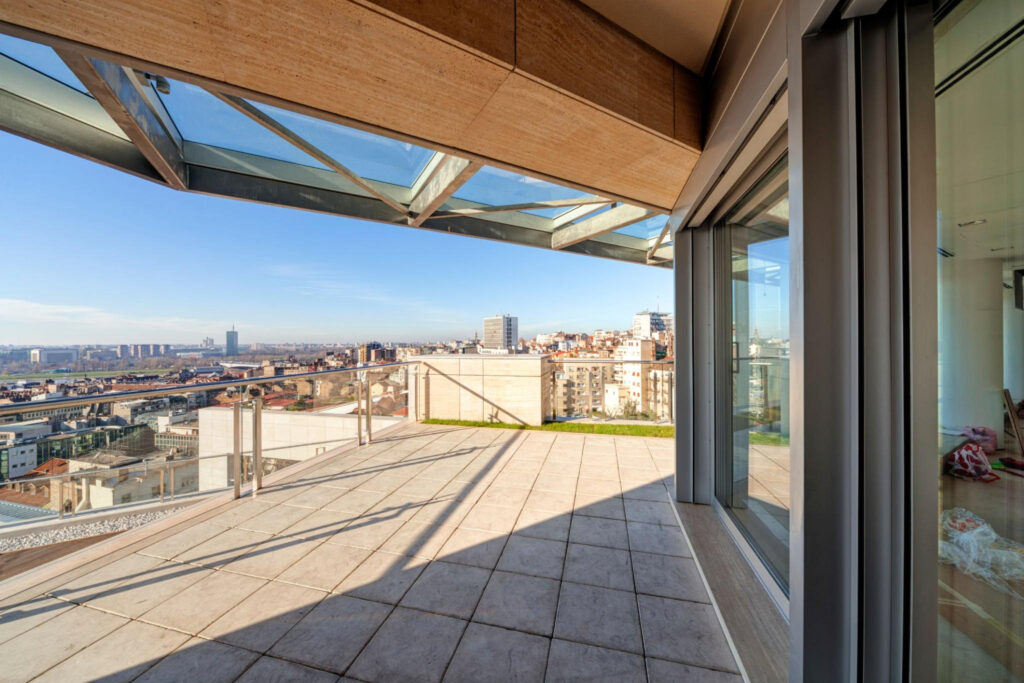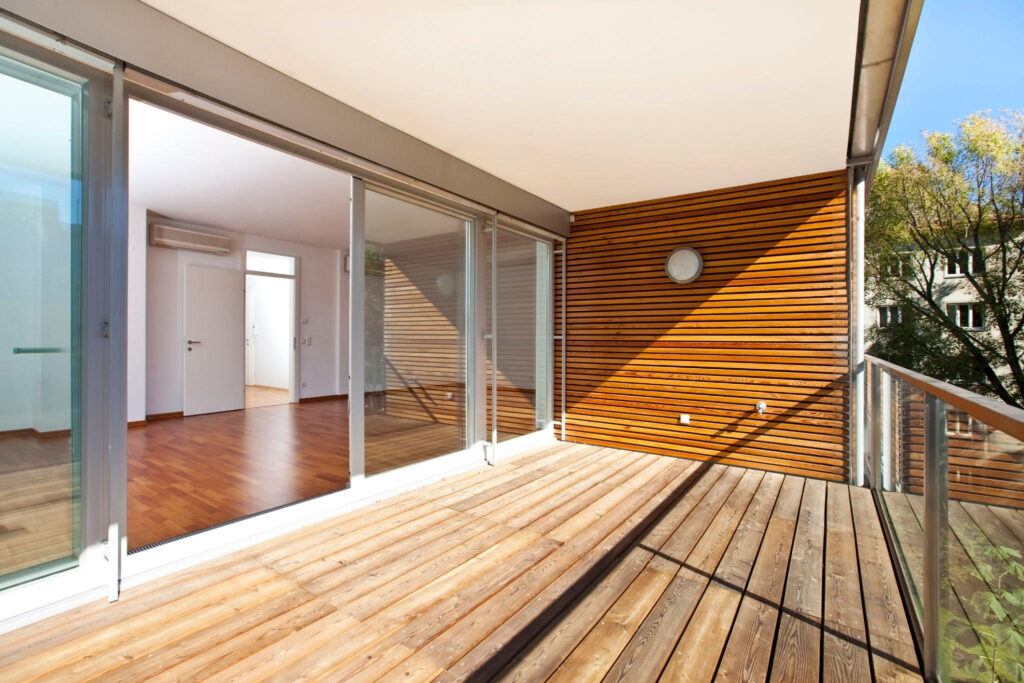
In today’s rapidly advancing technological landscape, smart glass has emerged as a fascinating innovation that seamlessly blends functionality with aesthetics. This revolutionary material, switchable or electrochromic glass, has captured the imagination of architects, designers, and technology enthusiasts alike. But how does smart glass work? This article delves into the intricate mechanisms behind this modern marvel, exploring its applications, benefits, and the science that powers it. For your glass projects you can call us at tel:+1 602 300 0851
Smart glass, at first glance, appears as a traditional transparent surface. However, its unique property lies in its ability to change light transmission properties in response to external stimuli. This dynamic transformation is what sets smart glass apart from conventional glass materials.
Science Behind Magic
Electrochromic Technology: Smart glass employs electrochromic technology, which involves the use of electric voltage to initiate a chemical reaction within the glass. This reaction causes ions to migrate between different layers of the glass, altering its opacity and allowing for various levels of light transmission.
Polymer Dispersed Liquid Crystal (PDLC): PDLC smart glass consists of microscopic droplets of liquid crystal suspended in a polymer matrix. When an electric current is applied, these droplets align to allow light to pass through, making the glass transparent. When the current is turned off, the droplets scatter the light, creating an opaque appearance.
Suspended Particle Device (SPD): SPD technology relies on tiny particles suspended within a film of liquid. An electric current is used to align these particles, controlling the amount of light passing through the glass. This technology enables rapid and precise adjustments in light transmission.
Types Of Smart Glass
Smart glass comes in various types, each with its distinct mechanism and application.
Electrochromic Smart Glass: Electrochromic smart glass utilizes the electrochromic technology mentioned earlier to regulate light transmission. It offers smooth and gradual transitions between transparency and opaqueness.
Thermochromic Smart Glass: Thermochromic smart glass responds to temperature variations. As the temperature changes, the glass tint adjusts, providing efficient climate control and glare reduction.
Photochromic Smart Glass: Photochromic smart glass changes its tint in response to UV light exposure, making it ideal for environments with varying sunlight levels.
PDLC Smart Glass: PDLC smart glass, with its liquid crystal droplets, provides instant privacy control and a futuristic aesthetic.
SPD Smart Glass: SPD smart glass offers rapid transitions and high light control, making it suitable for applications requiring quick adjustments.

How Smart Glass Transitions
Smart glass transitions can occur in either active or passive modes, depending on the technology used. The control mechanisms can range from simple switches to advanced automation systems.
Applications in Architecture: Smart glass has revolutionized architectural design by offering unprecedented possibilities.
Energy Efficiency: By controlling the amount of sunlight entering a building, smart glass reduces the need for artificial lighting and minimizes cooling costs.
Privacy Control: Smart glass provides on-demand privacy, eliminating the need for traditional blinds or curtains.
Dynamic Façades: Buildings adorned with dynamic smart glass façades showcase captivating visual displays that can change with the time of day or special events.
Automotive Innovations: Smart glass has also made significant strides in the automotive industry.
Heads-Up Displays: Smart glass windshields can display vital information like speed and navigation, directly in the driver’s line of sight.
Sunroof and Windows: Car windows and sunroofs can instantly adjust their tint to control light and heat inside the vehicle.
Consumer Electronics: Smart glass is making its way into the world of consumer electronics.
Smart Glass in Smartphones: Imagine a smartphone screen that adapts to sunlight conditions, ensuring optimal visibility.
Smart Glass in Televisions: Television screens that automatically adjust their tint based on ambient light provide an immersive viewing experience.
Future Potential And Developments
Smart glass technology is on a trajectory of continuous advancement.
Integration with IoT: Smart glass can be seamlessly integrated into the Internet of Things (IoT), allowing for synchronized control and automation.
Enhanced Energy Efficiency: Ongoing research aims to make smart glass even more energy-efficient, contributing to sustainable building practices.
Advanced User Interface: The potential for interactive displays and augmented reality applications is an exciting avenue for smart glass development.
Advantages And Limitations Of Smart Glass
Advantages
- Energy savings
- Enhanced aesthetics
- Privacy control
- Reduction of glare and heat
Limitations
- Cost
- Complex installation
- Maintenance requirements
Conclusion
In conclusion, smart glass stands as a remarkable innovation that exemplifies the harmonious convergence of technology and design. Its ability to transform from transparent to opaque, coupled with its applications in architecture, automotive, and consumer electronics, makes it a versatile and futuristic material. As smart glass technology continues to evolve, we can anticipate even more captivating developments that will redefine our interaction with the built environment. For more informational articles like these you can visit our website https://halsinternational.com/
